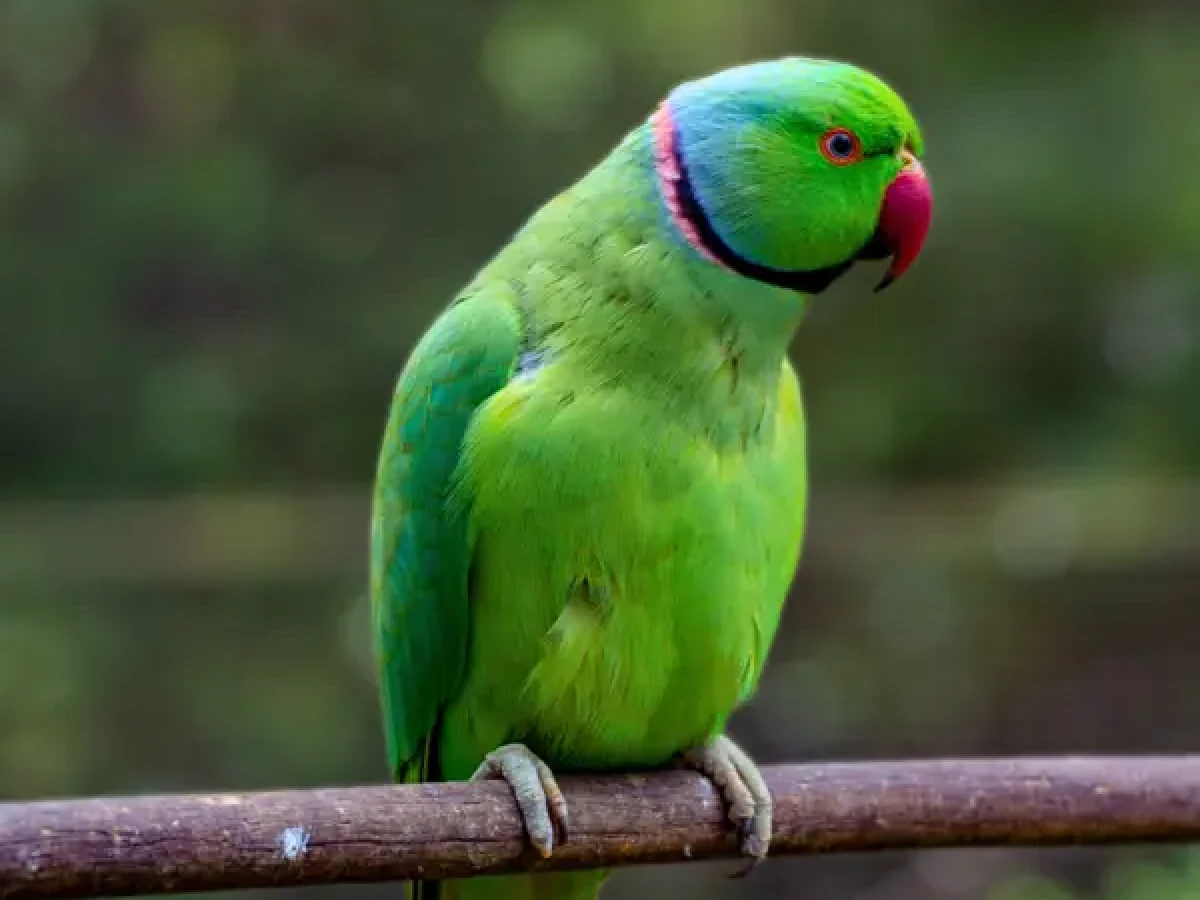Step into the world of our Alexandrine parakeets and unlock the wonders of these extraordinary creatures

The Alexandrine parakeet is a medium-sized parrot that has feral populations around the world. It is one of the largest parakeet species, measuring 56 to 62 cm from head to tail and weighing 200 to 300 g.
Adults of this species are sexually dimorphic. Males have a black stripe across their lower cheeks and a pink band on their nape, while females lack these features. The young resemble adult females but have shorter tails. They can cause damage to fruits and grain crops, living in small flocks but forming larger groups in areas with abundant food or communal roosts.
They have a variety of calls, including a ringing trrrieuw, loud kree-aar or keeak, deep klak-klak-klak-klak and resonant gr-aak. Their voices become harsher when alarmed, and they shriek loudly when mobbing predators.
Quick facts
Distribution:
Various species spread throughout India, Pakistan, Bangladesh, South East Asia and nearby islands
Habitat:
Forests, woodlands, agricultural lands, and mangrove forests at elevations of up to 900m
Conservation Status:
Near Threatened